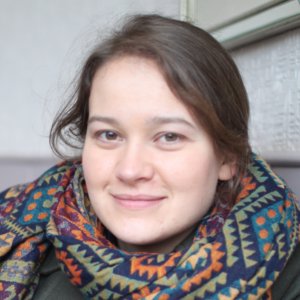
Tag: Amelia Penny

Amelia Penny is a postdoctoral researcher interested in Ediacaran and early Palaeozoic life, and especially the coevolution of life and marine environments. After a degree in Natural Sciences at the University of Cambridge, she moved to the University of Edinburgh for a PhD on the palaeoecology and affinities of Ediacaran skeletal organisms, supervised by Rachel Wood and Andrey Zhuravlev. She now works with Björn Kröger at the Finnish Museum of Natural History in Helsinki, on the project Ecological engineering as a biodiversity driver in deep time, which aims to investigate the impact of skeletal organisms on marine environments and evolution in the early Palaeozoic. The project is funded by the Academy of Finland.
Amelia spends her spare time exploring her side interests in marine biology, natural history and polar exploration, writing occasionally, and getting to know her new home in Finland.
